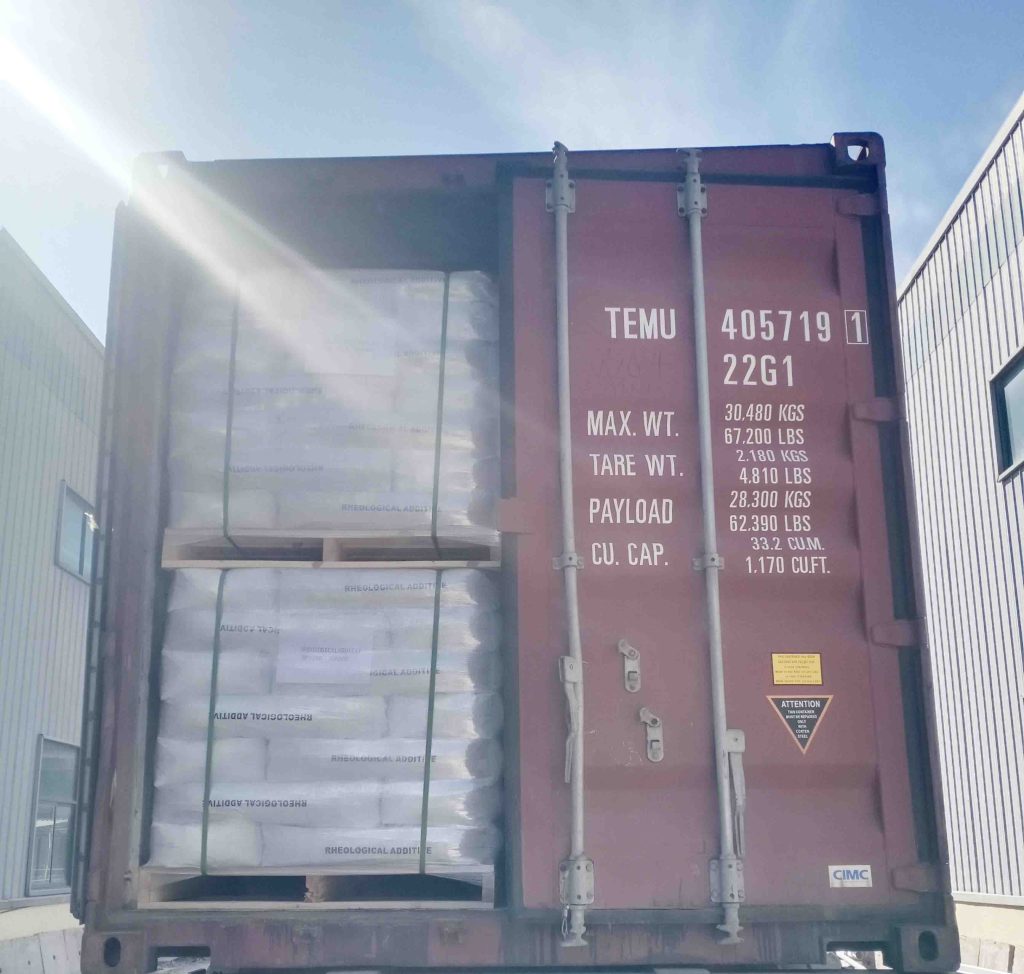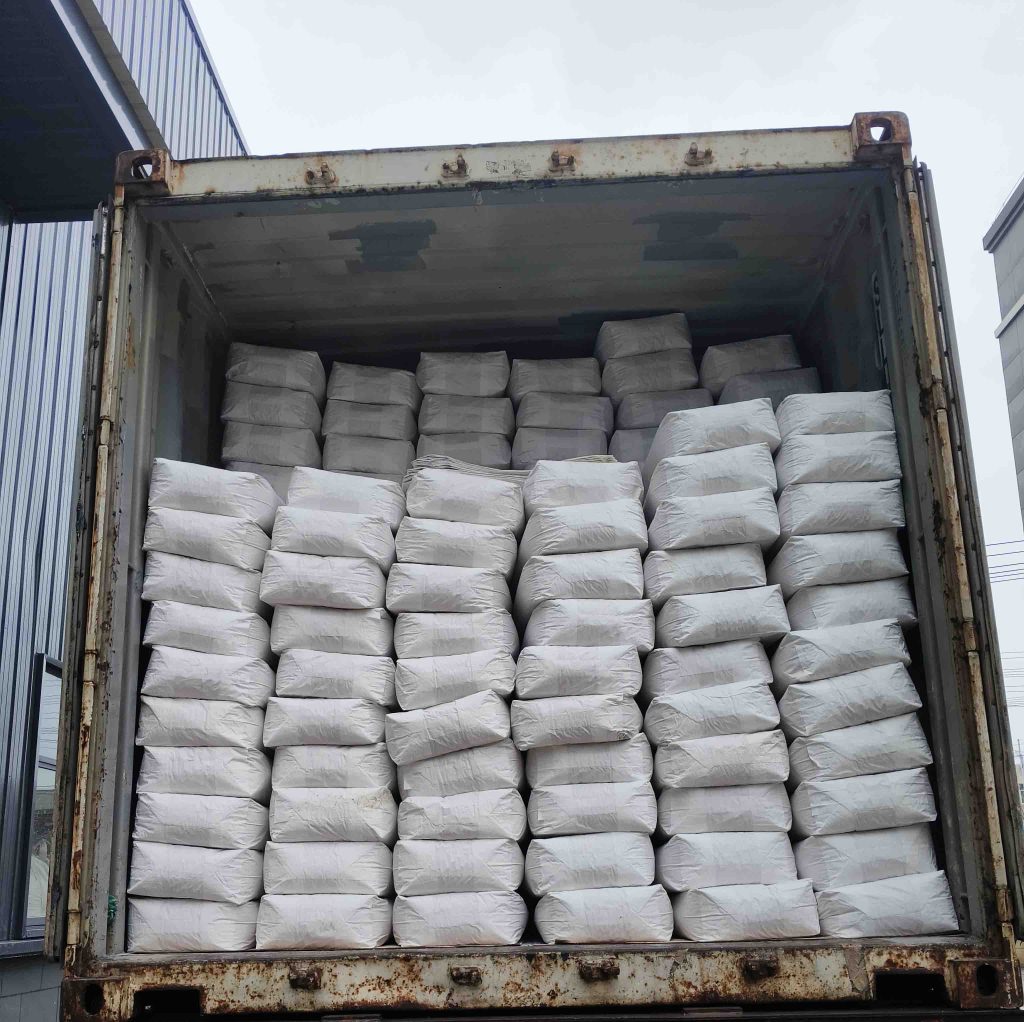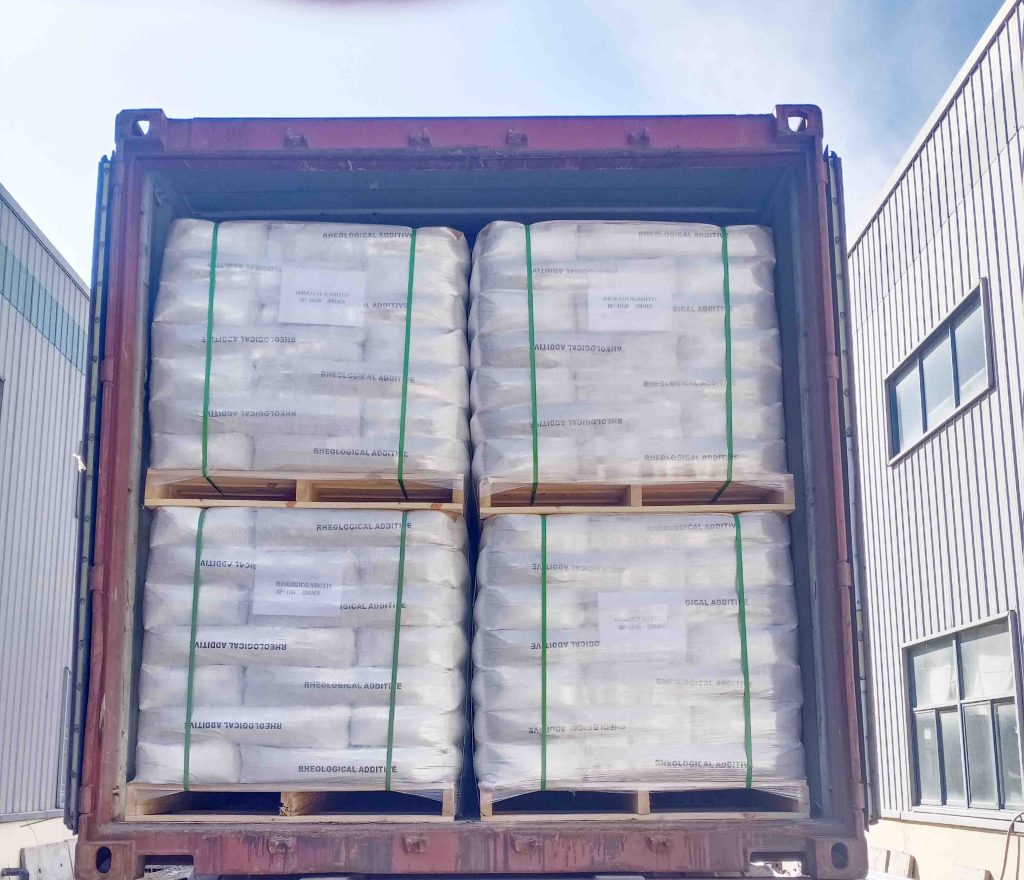Glass microballoons are spherical, microscopic glass particles with a high degree of chemical stability and physical strength, and are therefore widely used in many industrial applications.
Hollow glass beads have light weight, high strength and good thermal insulation properties, so they act as a key component in many high-performance materials.
In the aerospace sector, hollow glass beads are used as part of high-performance composites due to their unique physical properties, especially in the manufacture of lightweight heat-resistant and structural materials, which enable low heat conductivity and ensure thermal insulation.
As road marking materials, components in paints, and additives in plastics, glass beads are accepted by these industries for their reflective properties, thermal stability, and chemical inertness.

What Are Bead Blasting’s Applications?
| Aerospace industry | Remove rust and paint from mechanical components to remove knife marks. |
| Remove scratches on the rubber | Reflective paint for roads |
| Scratch treatment on the surface of stainless steel. | |
| Foundry industry; | Pre processing in the electroplating industry. |
| Semiconductor Industry | Crafts for exterior decoration |
glass microballoons
Glass microballoons
Hardness of glass beads for sandblasting
The hardness of glass beads is usually measured by Mohs hardness. The Mohs hardness of regular glass beads is between 6 and 7, and its hardness level is 5~6.
The particle size, shape quality and other factors of glass beads will directly affect the hardness of glass beads. Its most direct hardness comes from the hardness of the glass microballoons.
That is to say different types of glass composed of glass beads, its hardness is completely different. In industrial production, we will choose different hardness of glass size according to the different applications to ensure that it presents the corresponding performance.
The hardness of glass beads also affects its anti-slip and wear resistance.
The conventional Mohs hardness is divided into a total of 10 levels. Higher numbers indicate higher hardness. Hardness 1 represents the softest material. The properties of glass beads themselves will vary in final performance depending on the manufacturing process, composition and hardness.
In general, the hardness of glass beads is relatively small, the Mohs hardness is generally in the range of 5.5~7. Such hardness is very smooth for surface treatment. And it is not easy to cause damage to the surface.
So it is especially suitable for surface treatment that needs higher cleaning and polishing.
Size of glass beads for blasting | glass microballoons
Model of Bead blasting glass | Sieve Size (mesh) | Particle Size Range(μm) |
WSL17L# glass microballoons | 20~40 | 425 ~ 850 |
WSL 18L# | 30~40 | 425 ~ 600 |
WSL 19L# | 40~60 | 300 ~ 425 |
WSL 20L# | 60~100 | 150 ~ 300 |
WSL 21L# | 70~140 | 106 ~ 212 |
WSL 22L# | 100~140 | 106 ~ 150 |
WSL 23L# | 100~200 | 75 ~ 150 |
WSL 24L# | 140~200 | 75 ~ 106 |
WSL 25L# | 140~270 | 53 ~ 106 |
WSL 26L# | 200~325 | 45 ~ 75 |
Specification of Bead blasting glass | glass microballoons
| Specific gravity | 2.4-2.6 g/m3 |
| Stacking density | 1.5g/cm3 |
| Type | Blasting / Shot Peening Media |
| Spherical | |
| Rockwell hardness: | 46HRC |
| Mohs | 6-7 |
| Round rate | 80% |
| Melting point | 710-730 ℃ |
| Index of refraction | 1.5—1.6 |
Glass microballoons
The hardness of glass beads has a direct correlation to the application. We list some different applications and the relationship between hardness as follows:
1),Reason Marking Reflective: Glass beads used for reflective paint need higher hardness. Including crosswalks, double yellow lines and road markings on urban traffic roads, reflective at night and night reflective devices for traffic signage, all of which require these relatively high hardness glass beads.
(2) In the paint, we recommend the use of glass beads with medium hardness. Because of the high surface smoothness of glass beads, particle size uniformity can be improved for the texture of the coating, especially in some special coatings, such as reflective coatings, thermal insulation coatings, etc., its application effect is more obvious.
It can be said that glass beads are indispensable raw materials in coatings.
In some anticorrosive coatings, we also recommend the use of glass beads because of its corrosion resistance.
Glass beads with moderate hardness can also remove burrs and irregular edges on the surface of some parts, making the precision and surface finish of parts improve.
(3), and in plastic and rubber products, we recommend using glass beads with less hardness, which can better handle the surface of rubber and plastic, and will not cause any scratches on the surface. For plastics, glass beads are a good reinforcing agent.
Glass beads are extremely good at improving the abrasion resistance and strength of plastics. Glass beads maintain the surface integrity and precision of soft plastics at all times and achieve a uniform matte and shiny finish.
(4), in general, fixed position, by means of jet gravity to deform the metal surface and stainless steel surface, so that the stainless steel and metal surface presents better strength and fatigue resistance.


